
Using a toothpick to stick into a kettle has great benefits that many people do not know about.

Extend the Lifespan of Your Electric Kettle by Doing This Regularly
After using an electric kettle for a period of time, it’s important to perform proper maintenance to keep the appliance working efficiently and extend its lifespan. Electric kettles are used daily in many households, so it’s not unusual for them to develop issues such as failing to heat or not receiving power. When this happens, don’t rush to throw the kettle away and buy a new one. A common cause of power failure is simply dirt and residue buildup. Cleaning the kettle thoroughly can help restore proper electrical contact and improve overall performance.
To clean the kettle, you’ll only need a few simple household items: a toothpick, some cotton, and rubbing alcohol or strong liquor.
Start by wrapping a small amount of cotton tightly around the pointed end of the toothpick. Dip the cotton tip into alcohol and carefully clean the contact points located at the base of the kettle as well as the heating plate on the stand. These small gaps often accumulate dust, grime, and mineral residue, which can interrupt the electrical connection. Replace the cotton whenever it becomes dirty and continue cleaning until all stubborn buildup has been removed.
Once the external electrical contacts are clean, you can move on to removing limescale and deposits inside the kettle. There are several effective methods using common household ingredients: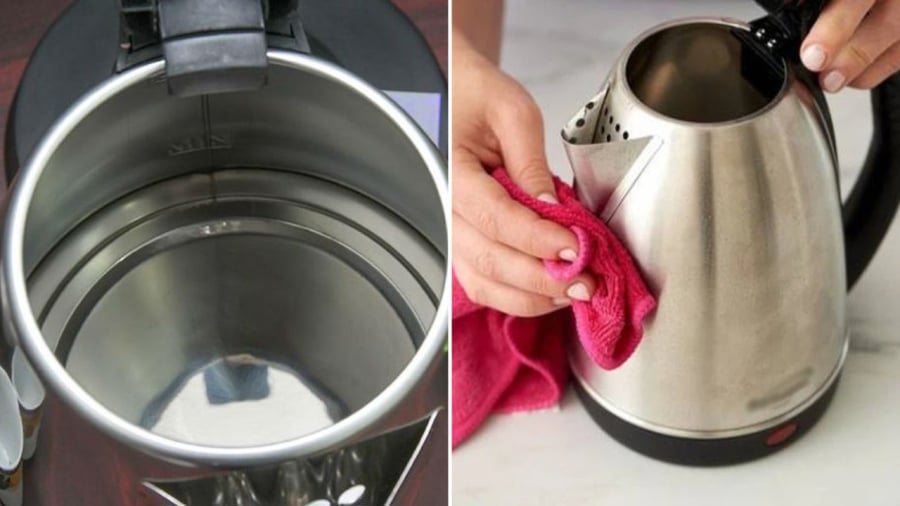
1. Using Baking Soda
Baking soda is excellent for dissolving mineral deposits. Add a spoonful of baking soda to the kettle and fill it with water. Bring the mixture to a boil. The combination of heat and baking soda will help loosen and dissolve limescale stuck to the walls and bottom of the kettle. After boiling, pour out the water and rinse thoroughly with clean water. For heavy buildup, you can repeat this process or let the baking soda mixture soak longer before boiling.
2. Using Eggshells
Eggshells can act as a gentle abrasive. Rinse the shells thoroughly, crush them into small pieces, and place them inside the kettle. Fill the kettle halfway with water and bring it to a boil. Stir the mixture occasionally using chopsticks to help the eggshells scrub the surface. After the water boils, turn off the kettle and let the mixture sit for about 30 minutes. Finally, discard the eggshells and rinse the kettle well with clean water.
3. Using Table Salt
Table salt can also help remove stubborn stains and mineral deposits. Add 1–2 tablespoons of salt to the kettle, fill it with water, and bring it to a boil. The abrasive nature of salt helps loosen buildup effectively. Pour out the water and rinse the kettle multiple times to ensure all residue is removed. This method is particularly useful for kettles that develop a rough layer of hard scale at the bottom.
4. Using Potato Peels
Potato peels contain natural starches that help soften and lift limescale. Wash the peels thoroughly to remove any dirt, then place them in the kettle. Add water and bring it to a boil. Let the mixture soak for about 10 minutes before pouring everything out. Rinse the kettle with fresh water, and you’ll notice the inner surface becoming much cleaner and smoother.
Extra Tip for Longer Kettle Life
To keep your electric kettle in the best condition, try to descale it at least once every two to three weeks, depending on how often you use it and the hardness of your water. Regular maintenance not only improves heating efficiency but also reduces energy consumption and prevents unpleasant odors from developing inside the kettle. With proper care, your electric kettle can last significantly longer and operate more safely.
News in the same category

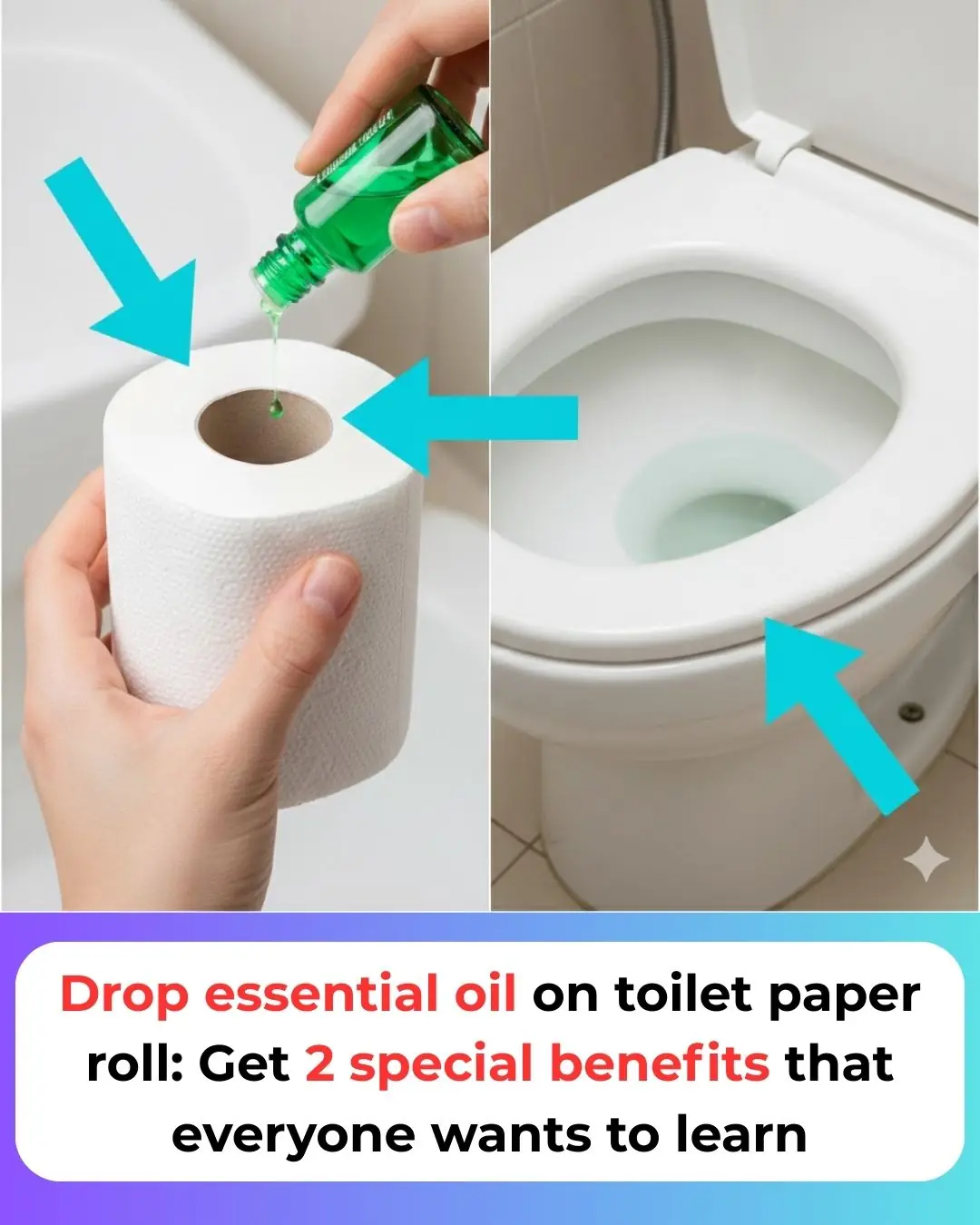
Drop essential oil on toilet paper roll: Get 2 special benefits that everyone wants to learn

Put a handful of peppercorns under the bed, unexpected uses, many people wish they knew sooner

Don't rush to throw away the top, it can be turned into a wonderful spice, very necessary in the kitchen.
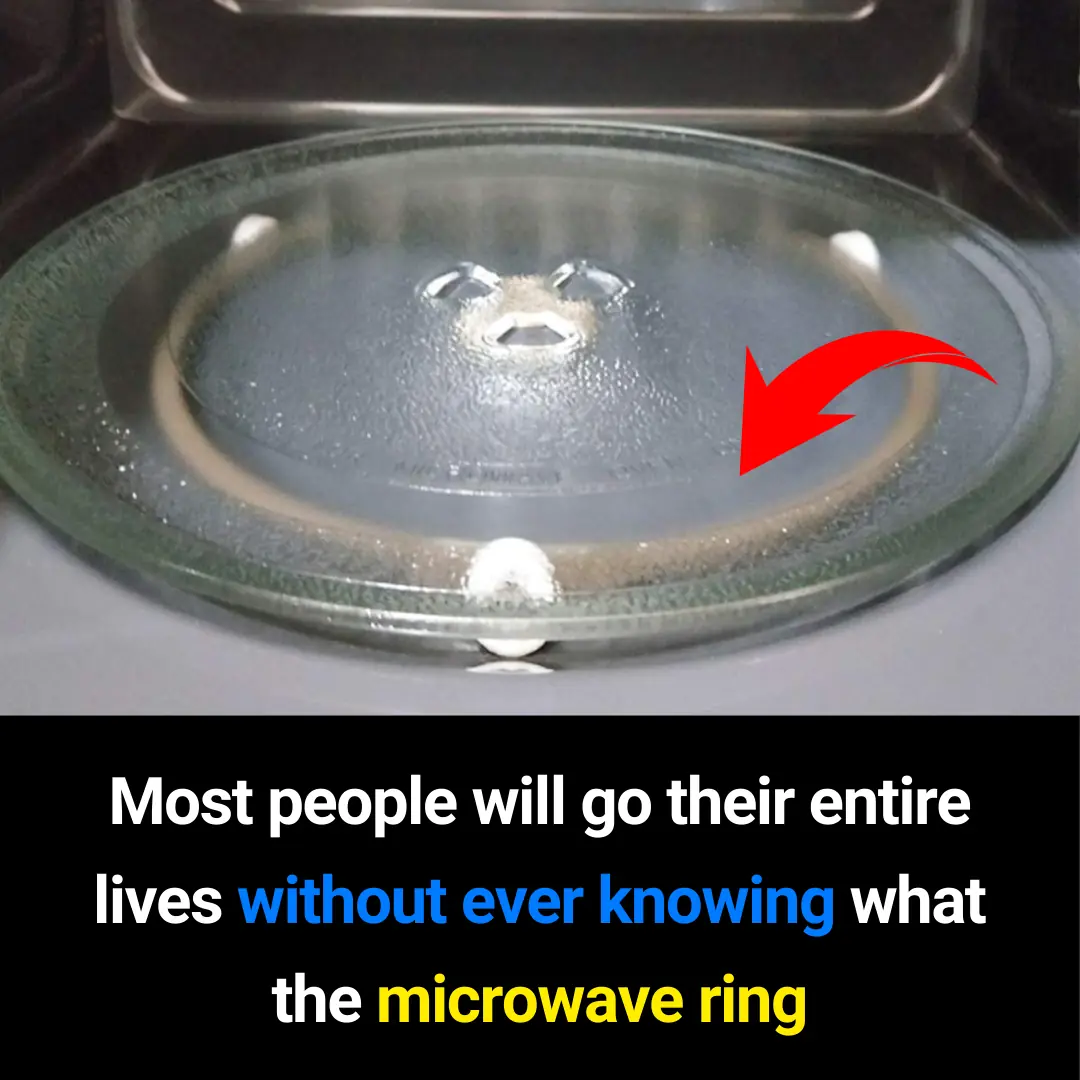
What Is a Microwave Ring Cover? Why This Small Part Matters More Than You Think (SEO-Friendly Guide)

10 Foods That Help Combat Fatty Liver: Nutrition Experts Recommend Eating Them Daily
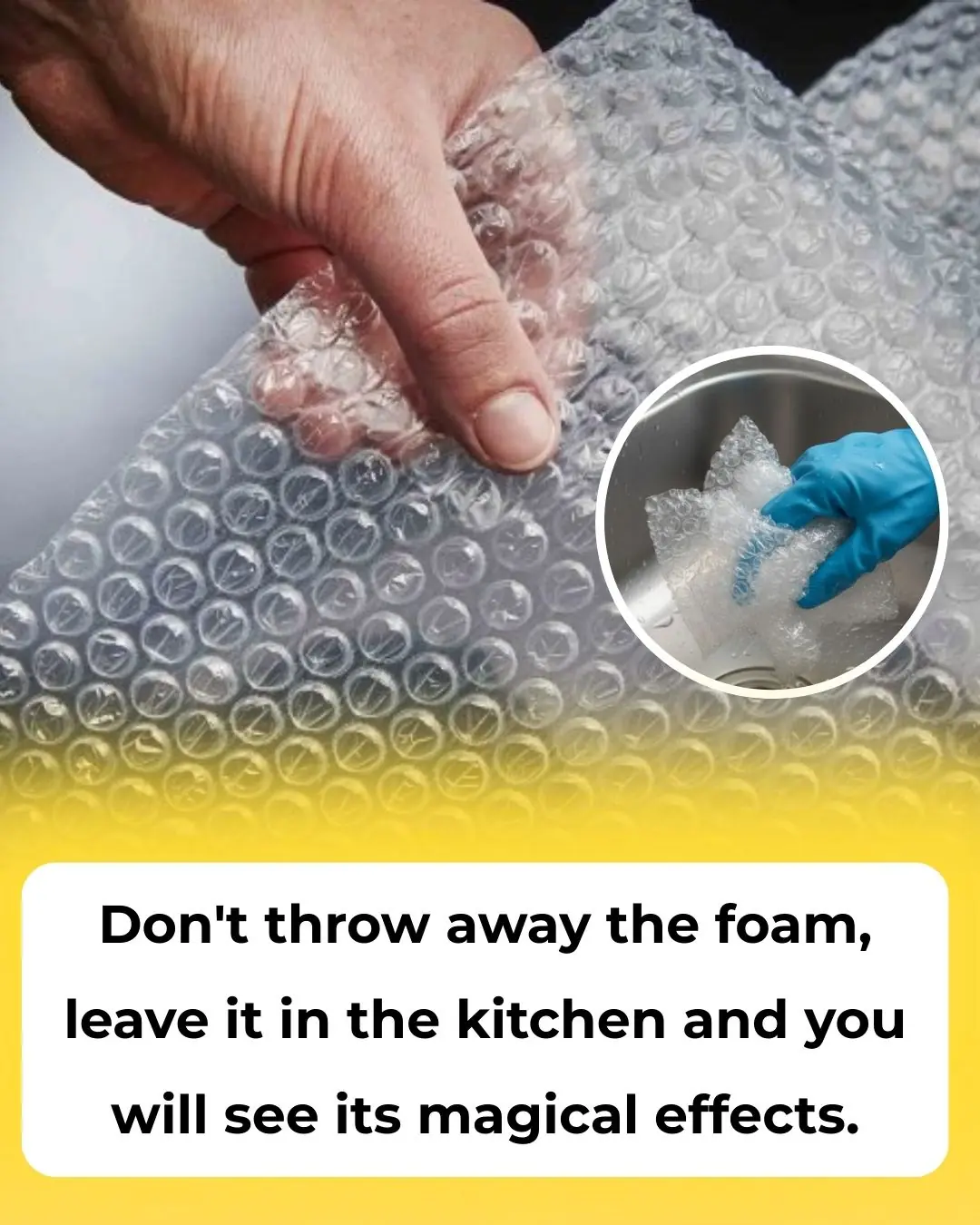
Don’t Throw Away Bubble Wrap—Keep It in Your Kitchen and You’ll Be Surprised by Its Uses
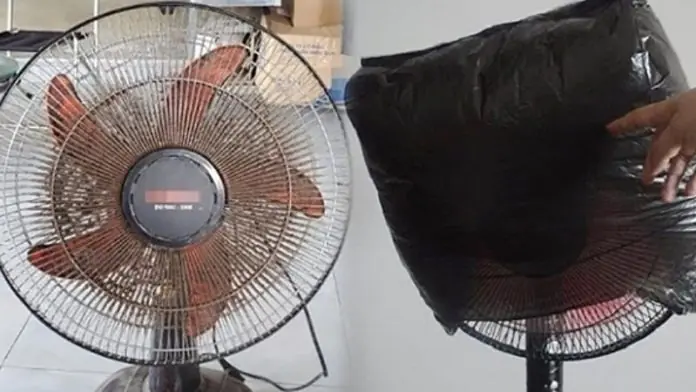
Dirty fan? No need to remove the frame or use water: This simple method makes your fan spotless and shiny

You're doing it all wrong. Here’s the right way to clean humidifiers

A Small Refrigerator Button Can Save You Hundreds on Your Electric Bill: Most People Don’t Know
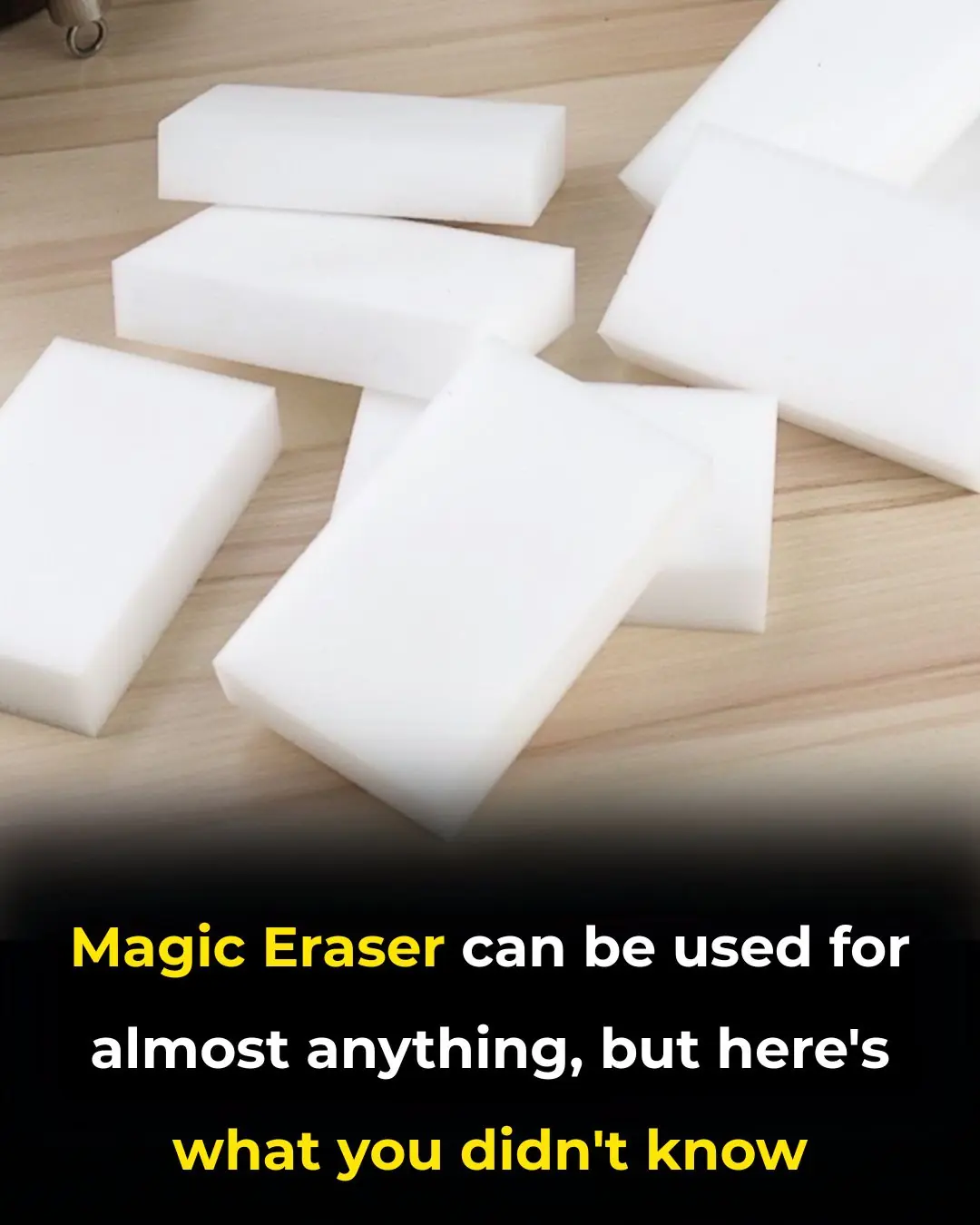
Magic Eraser can be used for almost anything, but here's what you didn't know

Why You Shouldn’t Keep Doors Fully Closed When Using Air Conditioning

8 Foods That Fight Cancer – Add Them to Your Diet Regularly

What Health Conditions Can Garlic Soaked in Honey Help With?

How to Make Steamed Pear with Rock Sugar — Delicious, Comforting, and Packed with Nutrition

Using a Water Heater? Making These 3 Mistakes Is Like “Flirting With Death”!

Why You Should Never Leave a Water Bottle Inside Your Car

This is the correct way to preserve pork in the freezer: The meat will not dry out, and will still retain all its nutrients for a whole month.
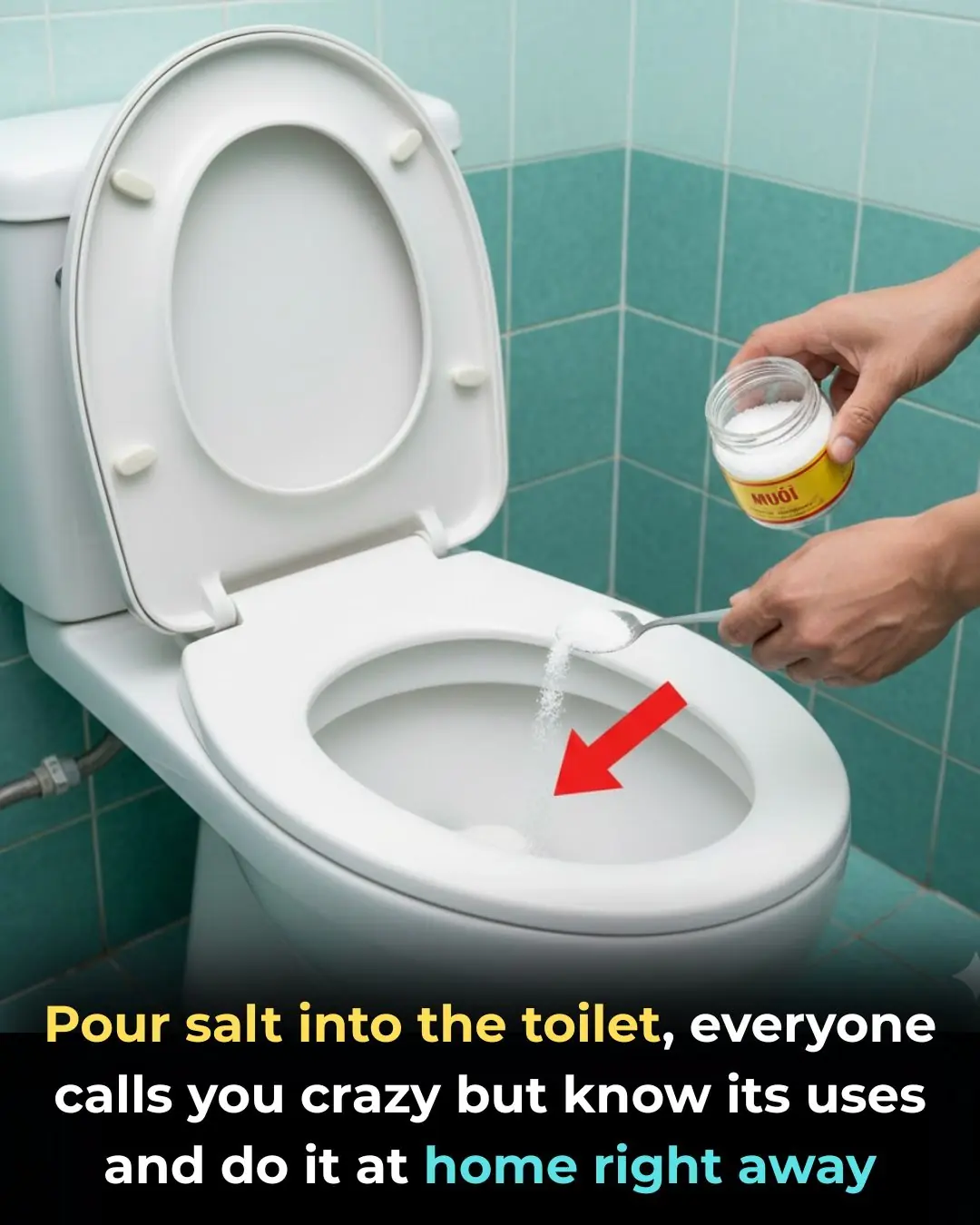
Pour salt into the toilet, everyone calls you crazy but know its uses and do it at home right away
News Post

Coconut water: Is It Good for You, Nutrition, Benefits, Side Effects (Science Based)

Man’s 25% Tip Refusal Sparks Debate Over Tipping Culture

Pick the Breakfast You’d Eat

Trump Gives Update on $2,000 Check Plan

Collagen Drink Drink 1 glass in morning and no makeup Needed.

How to fry delicious, green, and neat spring rolls made from 10 leaves like 1

No Pores No Spots Use this Solution daily

No One can Guess your Age Use this water daily to wash your Face & Reverse Age

Drop essential oil on toilet paper roll: Get 2 special benefits that everyone wants to learn

Lose just 1 gram of fat in your pancreas – and your diabetes may reverse, study finds

Put a handful of peppercorns under the bed, unexpected uses, many people wish they knew sooner

Doctors warn about 7 overlooked prostate cancer signs you should never ignore

Don't rush to throw away the top, it can be turned into a wonderful spice, very necessary in the kitchen.

The best way to lower blood pressure fast!

Why Those Tiny Dots on Your Nose Are Completely Normal

Groundbreaking Gene-Edited Cell Therapy Shows Promise for Type 1 Diabetes Cure
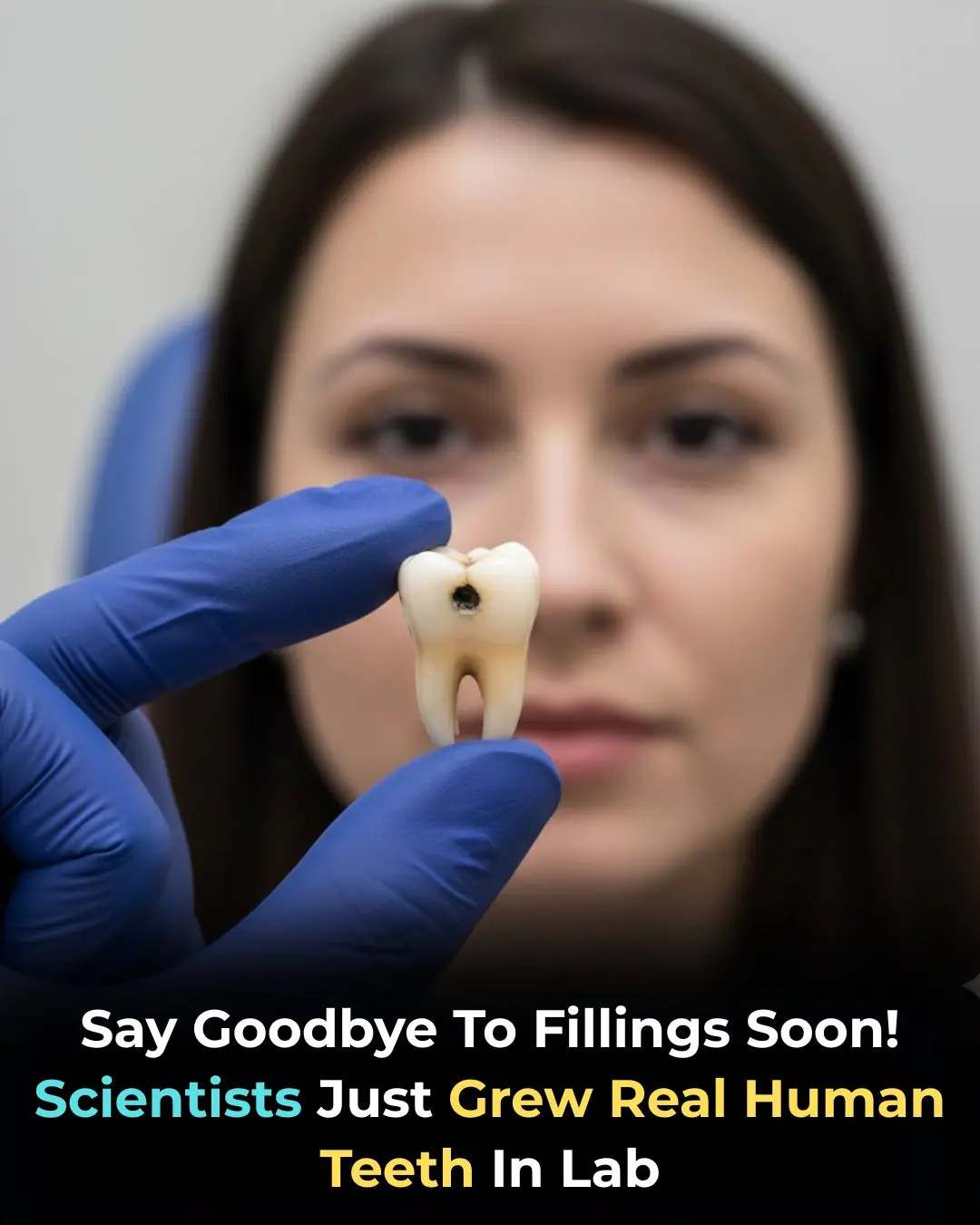
Scientists Grow Fully Functional Human Teeth in the Lab — A Breakthrough That Could Transform Dentistry Forever

The Surprising Healing Power of Onion Milk
